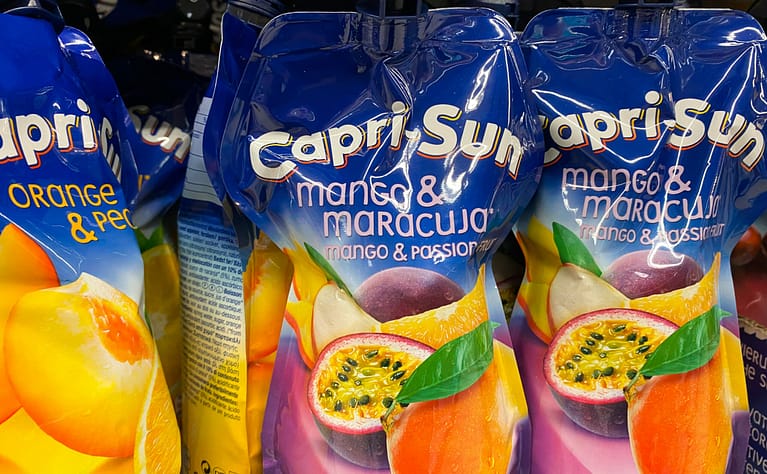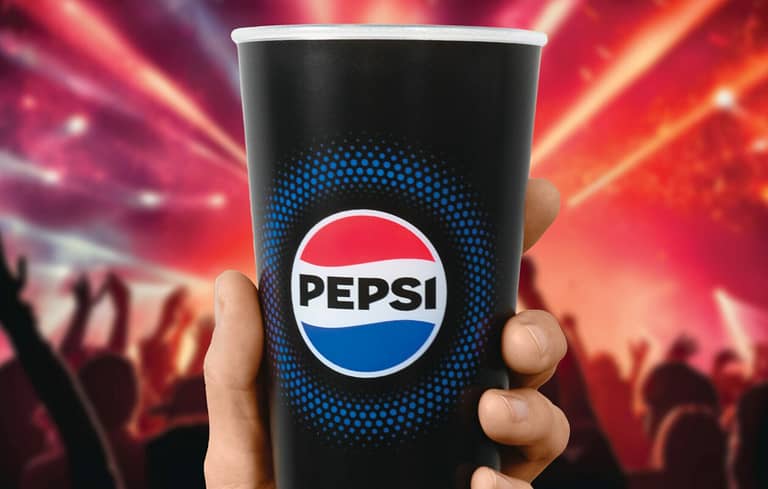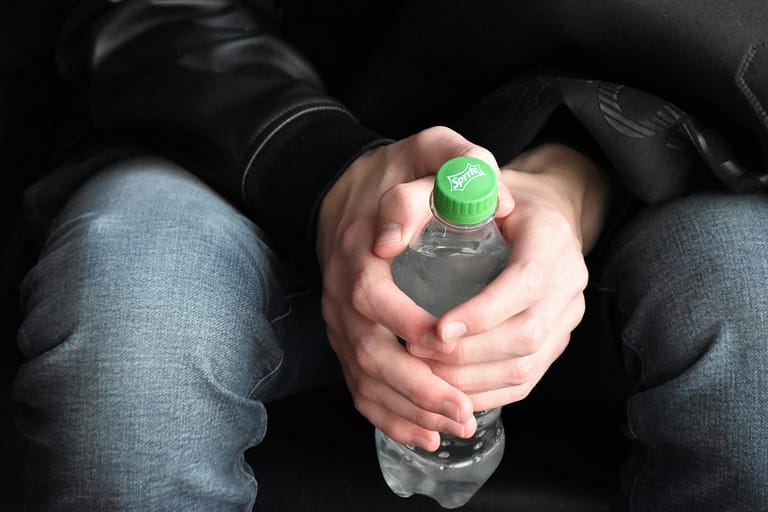Photo source: Florian Olivo | Unsplash
Top 3 levers for reducing plastic waste from packaging
Thomas Reiner | 13.12.2021
8% by avoiding unnecessary packaging, 9% by substituting plastic with materials with a smaller eco-footprint, 23% through reusable concepts: These are the savings potentials of the top 3 levers for avoiding plastic waste at the material level. In practice, however, only two of the three levers have been successful so far. In the case of the reusable concepts, the logistical hurdles in particular are still proving to be too high.
Which measures promise success in the fight against plastic waste in the packaging sector? What is (still) theory and what already works in practice? At Fachpack 2021, Matthias Giebel, sustainability pioneer and partner at Berndt+Partner Consultants, together with Sophie Hermann, partner at SYSTEMIQ, discussed which innovations packaging and the packaging industry need in order to achieve the desired sustainability goals as part of an expert talk entitled “Disruption wanted”.
Part of Giebel and Hermann’s analysis also included the results of a recent study by WWF entitled “Packaging turnaround now! How to succeed in the transformation to a circular economy for plastics in Germany.” The study was prepared in cooperation with SYSTEMIQ and discussed at Fachpack.
Key statements of the WWF study
Through a comprehensive system change based on seven central “system measures” (levers), the following can be achieved in Germany by 2040
- the total volume of waste can be reduced by 40% and 20 million tons of plastic can be saved,
- the incineration of waste for energy generation can be reduced by over 70%,
- Greenhouse gases in the order of 68 million tons can be saved.
The top 3 levers
The top 3 levers of system change were discussed and evaluated by Giebel and Hermann during a Packbox Talk at Fachpack.
- Top 1 – Reusable concepts: Reusable concepts offer a high benefit of plastics and could reduce plastic waste by up to 23%.
- Top 2 – Substitution: up to 9% of all single-use plastics can be replaced via substitution with materials with a smaller environmental footprint. Substitution with paper accounts for 8% and substitution with compostable materials accounts for 1%.
- Top 3 – Avoidance and minimization: Avoiding and minimizing unnecessary packaging can reduce plastic waste by up to 8%.
Practicality check
Matthias Giebel also tested the levers for their practicality and analyzed the current status of implementation in practice. His conclusion: “Numerous activities can already be recorded for levers two and three. The targeted potentials appear to be quite realistic here.
In contrast, there is still a substantial gap between theory and practice in the case of the top one lever, “reusable concepts.“ The logistical challenges of return logistics in particular are proving to be an obstacle here. This also defines the central challenge that the packaging value chain must face intensively.




